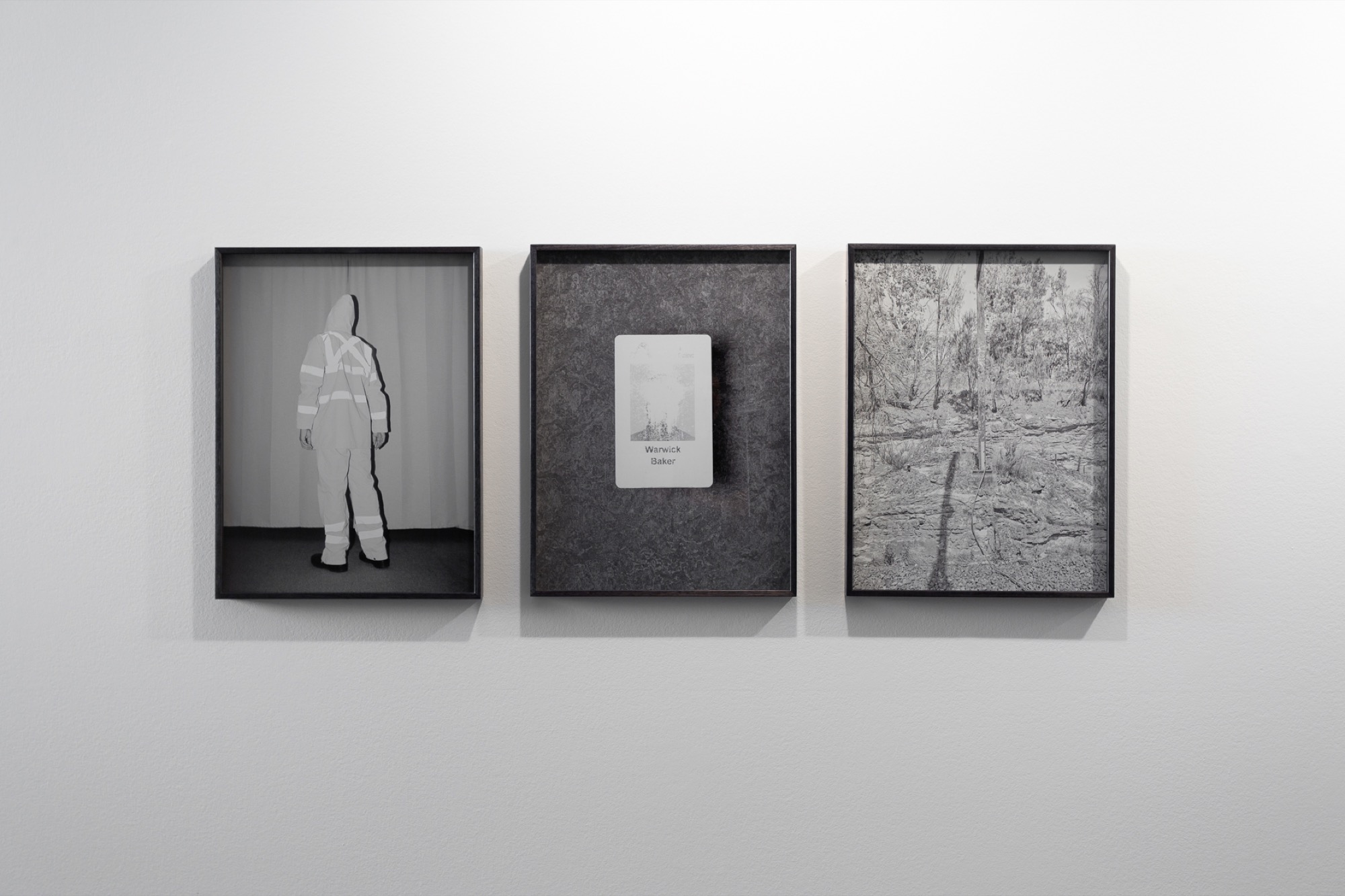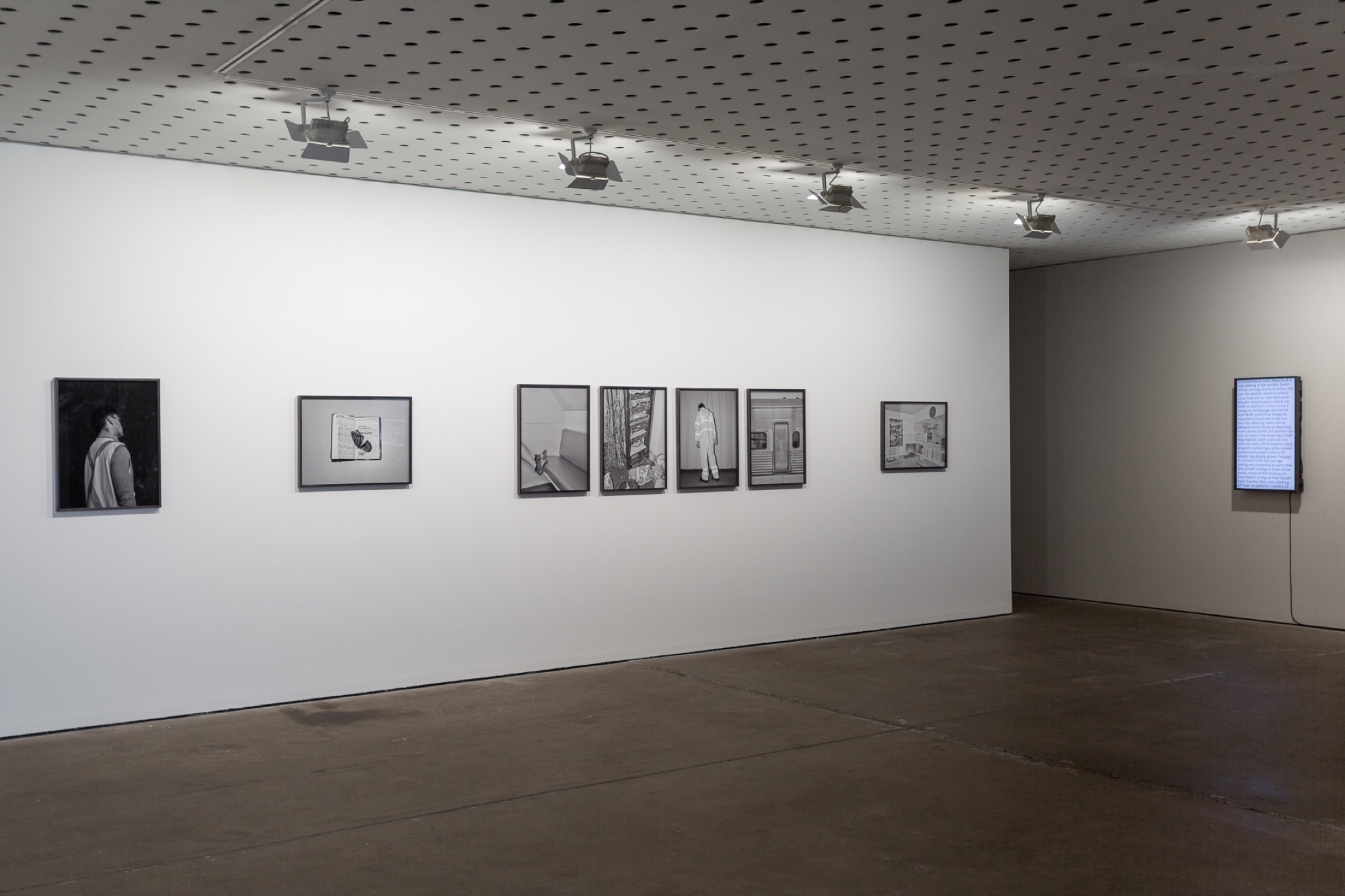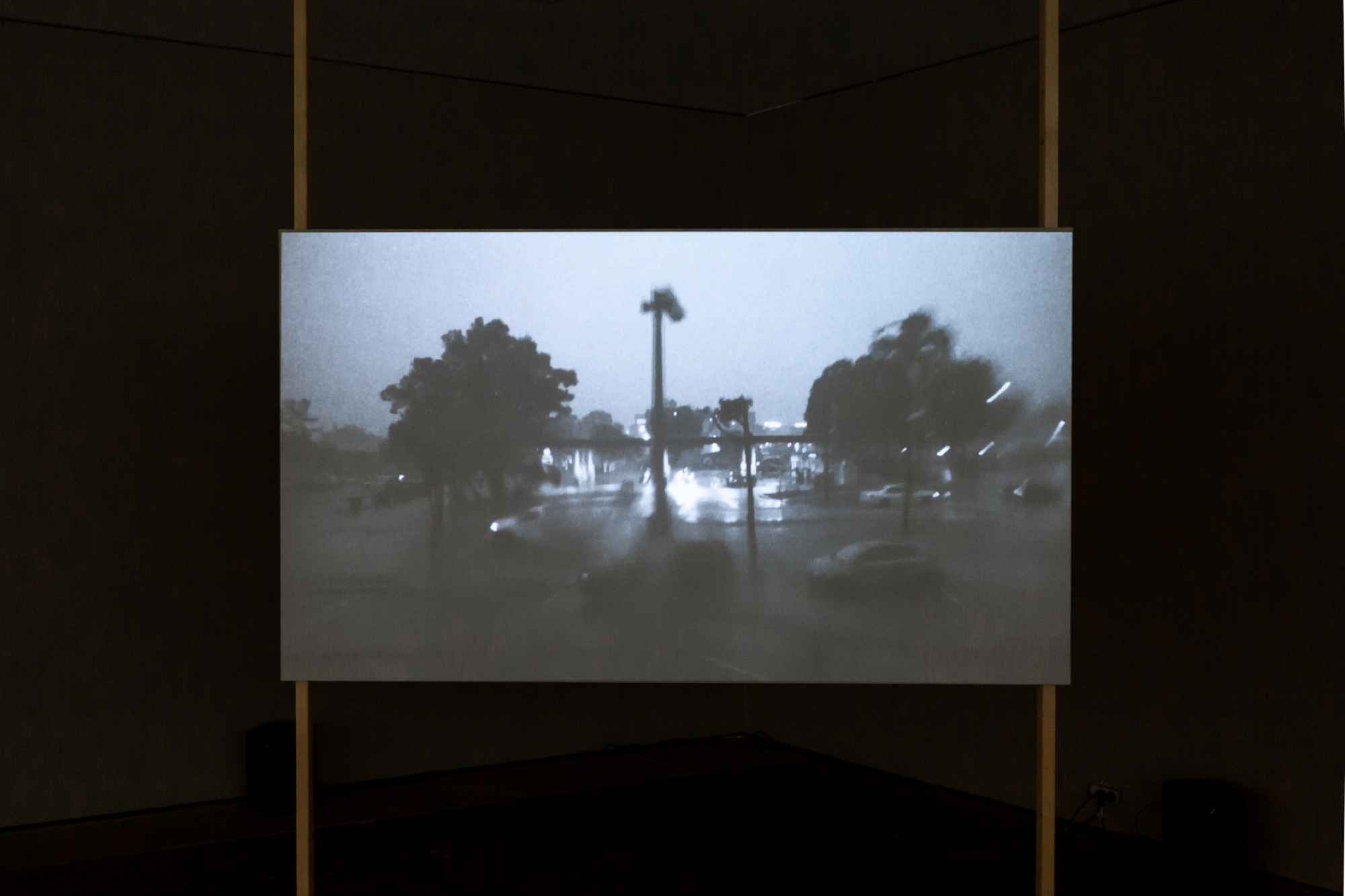Warwick Baker, Hi-Vis Dreams
Giles Fielke
When Dasha Nekrasova complained about her boyfriend delighting in his “train autism” to her Red Scare comrades, I could relate. Given the casual use of the spectrum disorder to describe her frustration with an overseas holiday, supposedly marred by her partner’s over-indulgence in high-speed rail visitation, it occurred to me that there is something deeply pathological about how we relate to our major modes of transport.
I have just returned from an end-to-end ride on the California Zephyr, Chicago to San Francisco. I like trains. Personally, I see in the railway a vast metaphor of a world made manifest by human industriousness and libidinal energy. More revealing of the limits of my own imagination, perhaps, I have conceived of our humanity as like a locomotive hurtling down a set of tracks we have collectively laid, representing the historical dimension of time that goes precisely nowhere and everywhere (a city loop?). If the train derails, well, we’re all on board and some of us are going to be at the front of the line. At present it looks as though we’ve missed a tipping point, or two, and at speed. The car is on fire, and there’s no driver at the wheel. Before us is a disaster of our own making. The tracks devolve into a mess of shingles and spikes.
Following the derailing of the NSW TrainLink XPT on the 20th of February this year, which killed train pilot Sam Meintanis and train driver John Kennedy, and injured twelve passengers on the much neglected line linking Melbourne and Sydney, Warwick Baker’s ongoing series of black and white photos shot on a medium-format digital camera, Hi-Vis Dreams, took on a more spectral presence. When I entered the gallery at the Centre for Contemporary Photography, I was hit with the same feeling as when I’ve slammed the door shut to my apartment, realising my keys are now locked inside. I’ve taken that train; I’ve wondered about a part of Australia that is rarely represented as contemporary. This same feeling seems to motivate Baker’s photography.

Hi-Vis Dreams includes seventeen archival inkjet prints (twelve landscape and five portraits, all 74x54 cm oriented accordingly); Untitled, 2018-20, a text-based single-channel video scrolling morbidly down a portrait-oriented monitor; and Secondment, 2018-20, a large-scale video-work projected onto a diagonally installed screen in the centre of the large gallery that runs for exactly ten minutes. The exhibition states Baker’s employment as a shift-worker on the Sydney Railways between 2018 and 2019 as the principal justification for the series.
Baker himself appears in two of the photos, wearing hi-vis worker apparel. His employee ID card, effaced from use, is the sole object in another image. He is facing his back to the camera. His body slumps, but perhaps he is simply demonstrating the hi-vis function of his uniform—otherwise his posture suggests he is nearly too tired to stand. Previous series have seen Baker publish his debut collection of photography with Melbourne’s Perimeter Editions. Belanglo (2015) focusses on the state park in southern NSW where a serial killer disposed of the bodies of seven victims in the 1990s. A working title ‘Australian Badlands’ can be found online in Baker’s own description of the project, inspired by the writings of Ross Gibson.
Hi-Vis Dreams turns the page on the gothic aspects of Baker’s earlier work and his labour as a working photographer, shooting band portraits and album covers. Instead, this exhibition seeks to document what is almost impossible to represent: labour itself. All that remains is its traces, and in the gallery the contemplation of the viewer grates against the understanding that it is work—long, automated shifts, machine-like connections between bodies and instruments of transportation alike—has taken place.

In one image a pair of telephones are mounted in an otherwise unremarkable office. The cords are intertwined; a sentimental feeling of attachment is suggested in an otherwise loveless environment. This is the compulsive humanism that punctuates the landscape tradition informing this series. The narrative impulse is another, and Andrew Cowan’s Adelaide 1966 - 1999 series is an obvious point of comparison to Baker’s approach to landscape photography (Baker’s father is a landscape photographer), and the formal problems of how to represent working life are pushed to the forefront. If it can be called a tradition, landscape is still emergent in film. Far from the romantic investment in the painted depiction of vast amounts of space, photography—by the specificity of its technical support—does something different. Natural light falling on a huge area is one thing, the movement of history in the sense of George Elliot’s notion of a “hidden life” is another: the worker is seen as a part of the landscape. It is a fascination with these notions that are detectable in the recent films of Bruno Dumont, James Benning and Terrence Malick.
Shifting from still photography to moving images is not a small undertaking. Baker has incorporated video into this series somewhat effortlessly. This manoeuvre should not be viewed lightly. The untitled video of text describing a mess of human activity in the most emotionlessly bureaucratic language is the key to understanding the larger video, Secondment. The gruff realism belies something of the masculine tendencies of the endeavour, of photography acculturated by gender norms. Baker appears, I’m certain, to be partly investigating the shift from the outdated modes of male-monopoly on labour to its corresponding descent into trainspotting, or criminality. This transfer—from portrait to landscape—mirrors the apparently redundant technologies of train-travel via the forgotten pejorative “gunzel”. The only face we see in Hi-vis Dreams is that of a young worker, Sonya, 2019.
Mining the history of labour and the landscape for traces of sociality is essential for understanding Baker’s photographs. André Brett, my favourite historian on Twitter, keeps train-related threads pinned to his page. On it you’ll find rail-side commemorations of local figures of significance. For example, at Onehunga Station on Auckland Train’s network, there is a portrait of Elizabeth Yates, the first woman elected mayor in the entire British Empire, 1893.
The portraits efface the gendered worker; a tattoo is all that’s visible on the neck of one man. Instead we see the face of the exhausted, exposed, Sonya. In this gesture the image of the woman as the figure to be looked at is recapitulated. Only the hazy view out of a portal window designed for one lonely face to peer out of brings us back to the landscape that we inhabit: Baker acknowledges the Traditional Owners of the lands upon which the 800 kilometres of Sydney Trains tracks are laid. He mentions work safety as a key part of this acknowledgment. There is something telling about this acknowledgement that it is Aboriginal Australians who will watch over and keep workers safe, and not the government or regulators. The proof is in the events which took place during the exhibition, only 50 kms north of Melbourne, at Wallan.

Despite having exhibited locally and internationally for more than a decade, Baker’s work remains humble. Small clusters of carefully printed and framed photographs are arranged along the sightline of CCP’s main gallery. Visibility is another key theme of the work: hi-vis is reflective to the point where the individuality of the workers body is reduced to the symbol: worker. I’m reminded of Tanya Day’s death on the same train lines, the inquest into the Yorta Yorta woman and mother revealing the systematic racism at the heart of a system where police investigate police. Australian Badland, the entire country is a crime scene.
Where celebrated Iranian filmmaker Shirin Neshat’s exhibition Dreamers continues at the NGV International, the exhibition of Baker’s work about different kinds of dreams ends tomorrow. Between the two there lies the gulf between the local and the vastly unremarkable global contemporary. Here, the train is the formalisation of our social unconscious. Collective modes of transport say something about who we are. The speed restriction through the points along the track at Wallan was 15km/h, the driver didn’t receive the manual instructions in time, and the train was travelling at 100km/h when it derailed.
All proceeds from the sale of Warwick Baker’s work will be donated to Wildlife Victoria, Firestick Alliance and NSW RFS.
Giles is a writer and researcher. He is working on the Cantrills Collection at the University of Melbourne.


